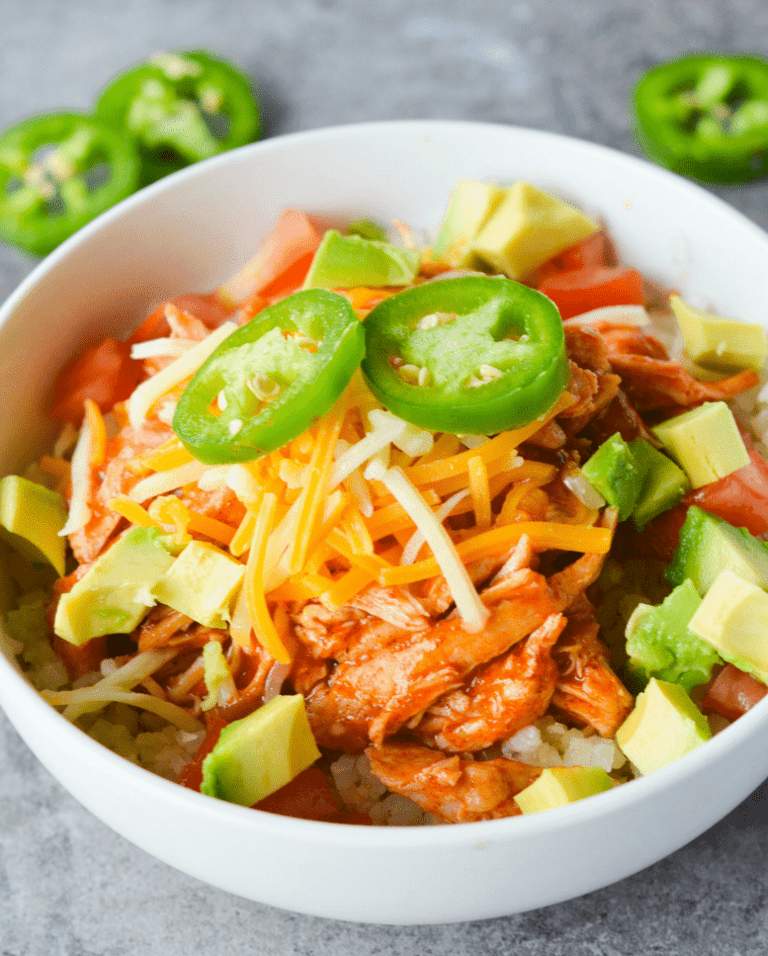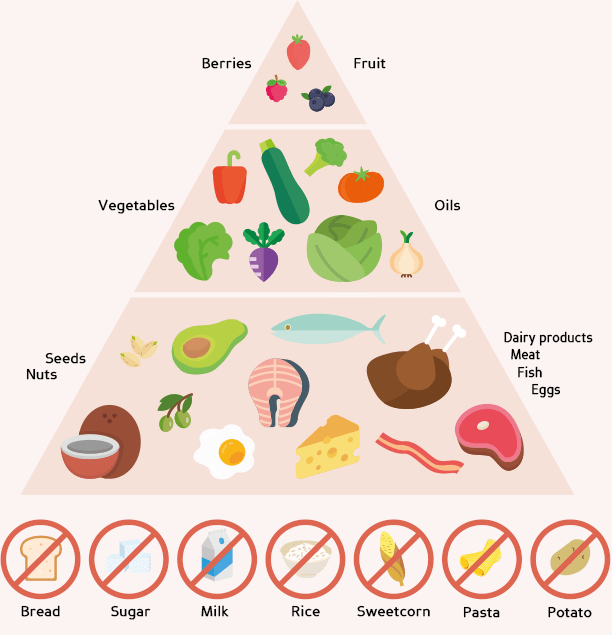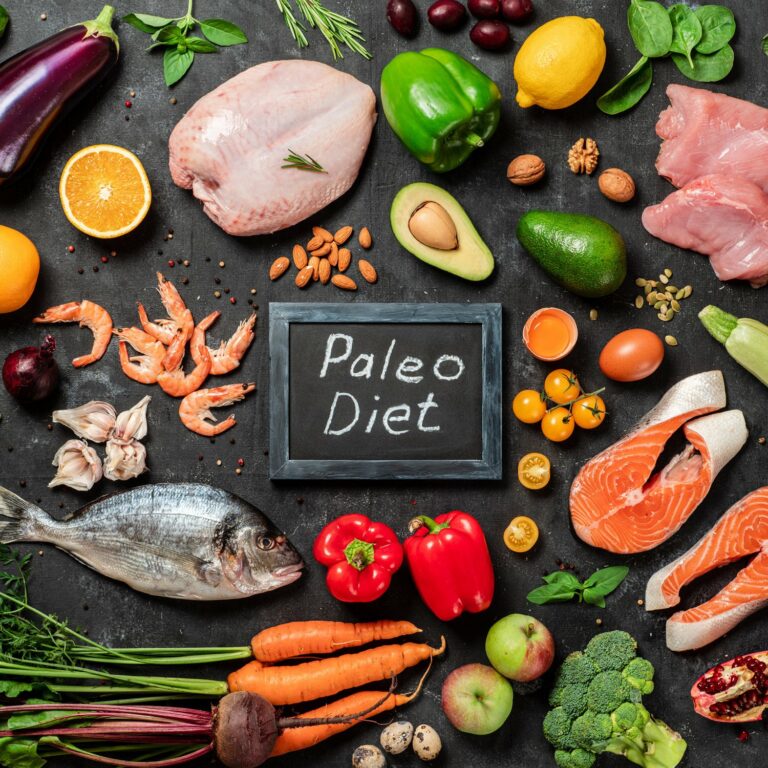Flexitarian: How to Get Started?
Author: Alvin
Alvin
Category: Fitness
Tags: health, flexitarian, diet, fitness, meat

If you’re looking for a healthy diet that doesn’t require calorie counting or adhering to rigid rules but still allows you to enjoy meat occasionally, look no further than the flexitarian diet.
In its simplest form, the flexitarian diet is a combination of the terms “flexible” and “vegetarian.” It’s a cross between veganism and vegetarianism, with the option of occasionally consuming animal products.
What you should know about flexitarian diets
The flexitarian diet is ranked as the #2 Best Diet Overall by US News and World Report (falling just behind the Mediterranean diet). It is rated highly because it is a straightforward, simple, and healthy way of eating.
The flexitarian diet is essentially a more adaptable version of vegetarianism. Thus, you continue to prioritize fruits, vegetables, whole grains, legumes, and nuts, but you occasionally indulge in meat.
Therefore, if vegetarianism has never appealed to you fully because you enjoy a good burger, the flexitarian diet may be for you. (However, it’s worth noting that this diet does place a premium on reducing overall meat consumption.)
What does the term ‘flexitarian’ refer to?
Flexitarianism emphasizes increased consumption of plant-based foods without eliminating meat. It’s about incorporating new foods into your diet rather than eliminating them, which can be highly beneficial to your health. Lentils, beans, peas, nuts, and seeds are all excellent sources of protein.
Additionally, it accepts that the soluble fiber found in lentils and beans contributes to reducing high cholesterol when consumed as part of a healthy diet, so including these regularly is highly recommended. Linseed (flaxseed), pine nuts, sesame seeds, sunflower seeds, and walnuts are high in heart- healthy polyunsaturated fats that help maintain normal cholesterol levels and supply essential fatty acids. Flexitarian diets combined with physical activity have been shown to promote a lifestyle consistent with recommendations for lowering breast and prostate cancer risk.
What are the meat guidelines for a flexitarian diet?
As the name implies, this diet is adaptable, but guidelines regarding the amount (and type) of meat you should consume. Depending on your level of commitment, this eating style may require you to consume between 9 and 28 ounces of meat per week. However, this is the beauty of this way of eating - you get to decide how much you want to sacrifice.
How can I ensure that a flexitarian diet provides me with all the
nutrients I require?
Suppose you’re considering switching to a flexitarian diet. In that case, I recommend including plant-based foods at every meal, eating at least five portions of fruit and vegetables daily, and consuming whole grain foods. It is prudent to include alternative sources of iron that may be deficient due to a low red meat intake. Low-sugar, iron-fortified breakfast cereals and dark green, leafy vegetables such as spinach, cabbage, kale, and broccoli are all good sources since vitamin C aids in iron absorption, a small glass (150ml) of fruit juice or salad items such as sweet peppers, lamb’s lettuce, and tomatoes with meals.
When it comes to meat reduction, there are three basic stages to this eating pattern:
Stage 1
When beginning a flexitarian diet, recommends abstaining from meat two days per week. At first, limit your meat consumption to no more than 28 ounces per week on the five days when you do consume meat.
As a reminder, a portion of chicken or steak the size of a card deck is approximately 3 ounces.
Stage 2
As you progress through the diet and become accustomed to eating more fruits and vegetables concentrate on eating a completely vegetarian diet three to four days per week. Consume no more than 18 ounces of meat the remainder of the week.
Stage 3.
Five out of seven days of the week, eat vegetarian. Consume no more than 9 ounces of meat on the two days you do consume meat.
Consumption of various types of meat
Bear in mind that the flexitarian diet’s overall goal is to consume more nutritious plant foods and less meat. Opt for organic, free-range, pasture- raised, or grass-fed beef, chicken, or turkey when meat consume. Additionally, always opt for leaner cuts to avoid excessive animal fat.
Because the flexitarian diet is neither vegan nor vegetarian, you can choose whether or not to incorporate fish. Ensure that you select wild-caught varieties. “When it comes to protein, the primary objective should be to obtain the majority of your protein from plants rather than animals,” Patton explains.
What are the disadvantages and advantages of a flexitarian diet?
Dietitians will always recommend a fruit and vegetable-based diet. That is precisely what the flexitarian diet accomplishes. As a result, this eating style has many advantages, including the following:
- Reduced risk of cardiovascular disease.
- Loss of weight.
- Reduced risk of developing Type 2 diabetes or improved management of pre-diabetes.
- It may aid in the prevention of cancer.
- It’s environmentally friendly because you’re reducing your meat consumption and lowering your carbon footprint.
Even with all of the benefits associated with this eating pattern, there are still risks for certain individuals. Reduced meat consumption may result in nutrient deficiencies such as vitamin B12, zinc, and calcium.
Additionally, some individuals who suffer from irritable bowel syndrome may have difficulty adapting to a predominantly plant-based diet. Patton suggests that if you have digestive issues, you learn which fruits and vegetables you can tolerate.
Foods that are permissible on a flexitarian diet
“You should always strive to consume the least processed, most natural foods possible,” Patton explains. “You don’t have to worry about calorie counting on a flexitarian diet because if you eat plant-based foods straight from the ground, they are unprocessed and in their most natural state.”
Although the flexitarian diet is inclusive, you should avoid animal protein (including seafood) and processed foods and beverages. Here’s what to add to your shopping cart.
Load up on:
- Fruits.
- Vegetables.
- Proteases from plants (beans such as black, kidney or navy, edamame, chickpeas, lentils, tofu).
- Grains in their entirety (brown rice, oats, barley , quinoa).
- Milk made entirely of plants (although dairy milk is OK in moderation).
- Eggs.
- Dairy (cheese, yogurt or dairy alternatives) (cheese, yogurt or dairy alternatives).
- Nuts, nut butters, seeds, and omega-3 fatty acids
- Essential oils, herbs, and spices.
Limit:
- Poultry and meat (lean cuts of beef, chicken breast, turkey breast).
- Pescados (salmon, tilapia, cod, shrimp).
- Anything sweetened or containing refined carbohydrates.
Could Be Beneficial to the Environment
Flexitarianism may be beneficial to both your health and the environment.
By reducing greenhouse gas emissions and land and water use, meat consumption can help preserve natural resources.
According to a review of the research on the sustainability of plant-based diets, switching from the typical Western diet to flexitarian eating, in which plant foods partially replace meat, could result in a 7 percent reduction in greenhouse gas emissions.
Consuming more plant foods will also increase the demand for land dedicated to growing fruits and vegetables for human consumption rather than livestock feed.
Plant cultivation requires significantly fewer resources than raising animals for food. Indeed, growing plant protein consumes 11 times the energy required to produce animal protein.
The Bottom Line
The semi-vegetarian Flexitarian Diet emphasizes healthy plant proteins and other whole, minimally processed plant-based foods while allowing for moderate consumption of meat and animal products.
Flexitarian eating may help you lose weight and lower your risk of heart disease, cancer, and type 2 diabetes. It may even be beneficial to the environment.
However, careful planning of your flexitarian food choices is critical to avoiding nutritional deficiencies and maximizing health benefits.












